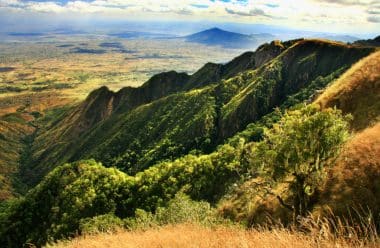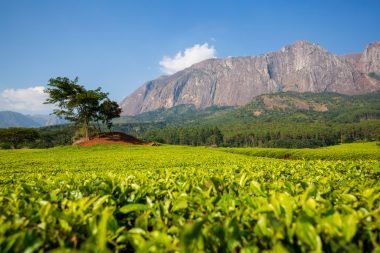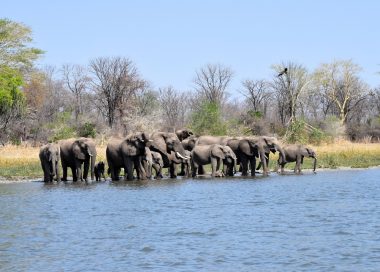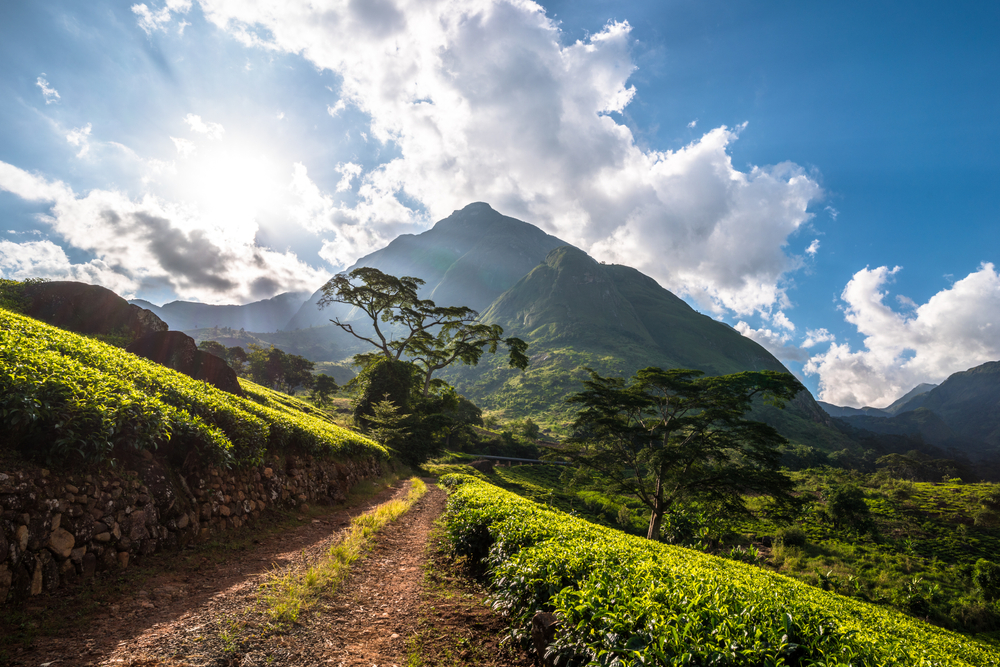Malawi is still rather unknown as a travel destination in our latitudes. But the East African Republic, which became independent from the United Kingdom in 1964 and borders the countries of Zambia, Mozambique and Tanzania , has a lot of wonderful nature and fascinating wildlife to offer. Those who do not shy away from the almost eleven-hour flight will be paid enough. A big plus: Malawi is in the same time zone as Germany. So travelers don’t have to worry about jet lag.
Fascinating flora and fauna in the national parks and wildlife reserves
Most tourists come to Malawi because of the national parks and wildlife reserves. Because here you can marvel at many of the wild animals native to Africa, such as antelopes, crocodiles, lions, vultures or elephants. Numerous tour operators specialising in Africa offer round trips through the country’s most famous national parks and wildlife reserves. If you want to travel through the country individually, you can’t avoid a rental car, or better yet, a local chauffeur, as the destinations are spread all over the country and the distances are long. The flora of the national parks can be very different, as the differentiated climatic conditions ensure different plant growth. These are the most beautiful national parks and wildlife reserves in Malawi:
The Nyika National Park

Still largely undeveloped for tourism, and therefore all the more worthwhile, is the Nyika National Park in northwestern Malawi on the border with Zambia. The area is located at an altitude of between 2100 and 2500 meters above sea level, and thus in the Afromontane zones. This refers to a humid zone that – due to the high humidity – ensures evergreen plant and tree growth. The temperatures in Nykia National Park are low compared to the rest of the country due to its altitude. It rarely gets warmer than 26 degrees. In winter, even night frosts are to be expected. The park is crossed by wide grassy areas that alternate with small forests. Numerous different bird species chirp through the park. In addition, several antelope species, zebras, warthogs, hyenas and leopards can be seen. The still sparse network of paths can be easily used by self-drivers in dry weather. However, first guided riding and hiking tours through the park are also possible. Visitors can also make very good progress here by mountain bike due to the low temperatures.
The Liwonde National Park
The south of the country is home to the Liwonde National Park, which is much lower: between 470 and 960 meters above sea level. There are both dry savannahs and floodplains in the park. The forests include, for example, the yellow-barked acacia or baobabs, palms and euphorbia trees, which can only be found in the tropics and subtropics. During the rainy season, colorful wildflowers such as lilies and orchids appear. The wildlife is also unique. Liwonde National Park is home to crocodiles and hippos as well as various antelope species. Elephants, which have become rare on Malawi territory, are also still at home here. In addition, there are Cape buffalo, zebras, rhinoceroses and various vulture species. Sometimes even lions can be observed. With guides, bush walks and game drives can be undertaken, which can get very close to the wild animals.
A boat safari in Malawi on the Shire River

The Shire is the outflow of Lake Malawi, the ninth largest lake in the world with a total length of 560 kilometres. The Shire leaves Lake Malawi at its southern end and flows through Liwonde National Park. There, instead of an off-road vehicle, you can also go on a safari by boat. Visitors can choose between larger excursion boats and small motorboats with a crew of a maximum of six people. Especially from the motorboat you can experience the flora and fauna of Africa from a very special perspective. Many tourists describe the motorboat safari as the most intense safari experience ever. Because with the small and manoeuvrable boats, you can get particularly close to the animals and also meet them at eye level.
The Majete Wildlife Reserve
Located in the lower Shire Valley is the Majete Wildlife Reserve, which was established back in 1955. In the 1980s, the elephant population, which was very rich at the time, fell victim to poaching, and the reserve had to be temporarily closed. Since 2003, the African Parks Foundation has been working to restore the elephant population. Around 150 elephants can now be found again on 700 square kilometres, including many young animals. After the reintroduction of the elephants was so successful, the management of the reserve is now working on the recolonization with chimpanzees, lions and leopards. The infrastructure has also been greatly improved: In the Majete Safari Camp you can now spend the night comfortably. In the evening, dine under a clear starry sky and enjoy freshly caught fish from the Shire.
The commercial centre of Blantyre

Blantyre is not the capital of Malawi, but it is considered the oldest and most modern city in the country. In 1895, Blantyre was founded as the first city in Central Africa. The city is growing rapidly. It currently has over 800,000 inhabitants, but a population of 4.3 million people is expected in thirty years. The city is located at 1,039 meters above sea level in the Shire Highlands and has Malawi’s second largest airport. From Blantyre you can travel by express bus to all cities in the country, which is why it is a great starting and ending point for a trip to Malawi. There is a museum about the history of Malawi to visit here. The Mandela House, which was built in 1882, is worth seeing. Various tobacco auctions take place in Blantyre every day, where you can observe the hustle and bustle of local businessmen.


